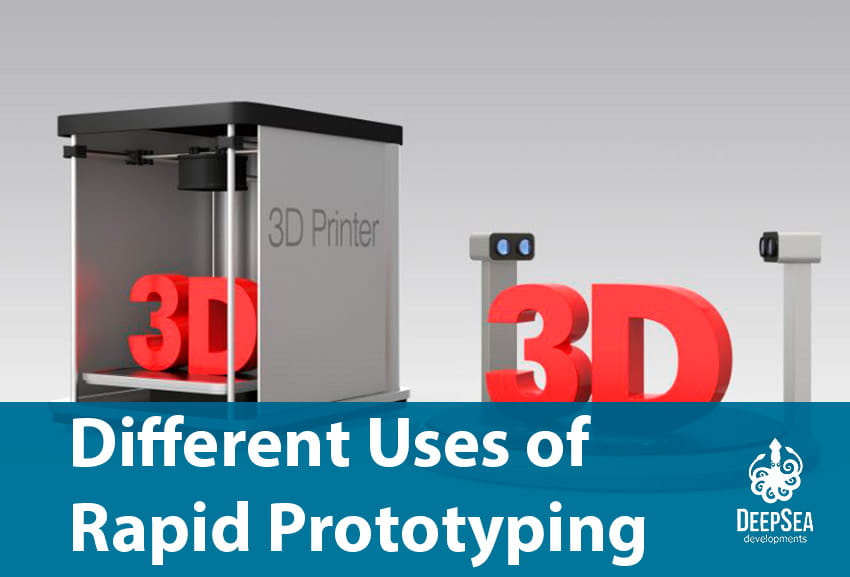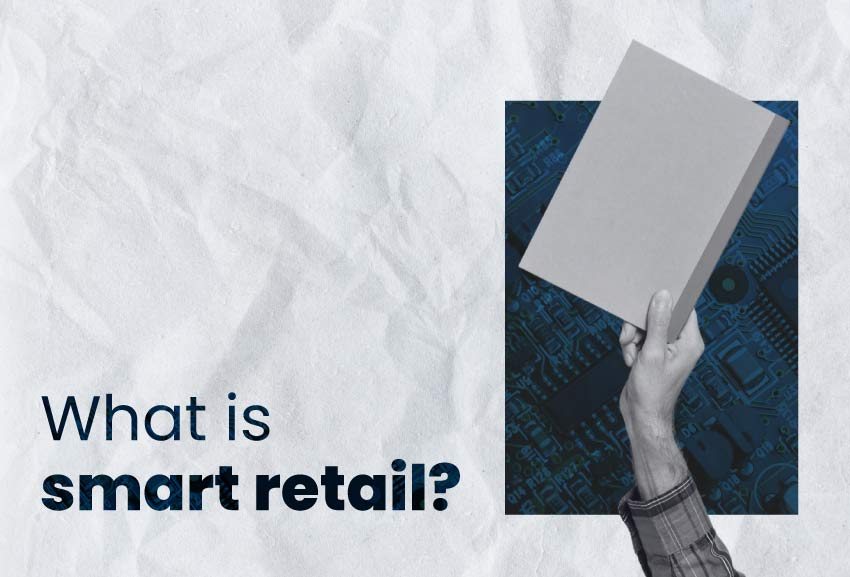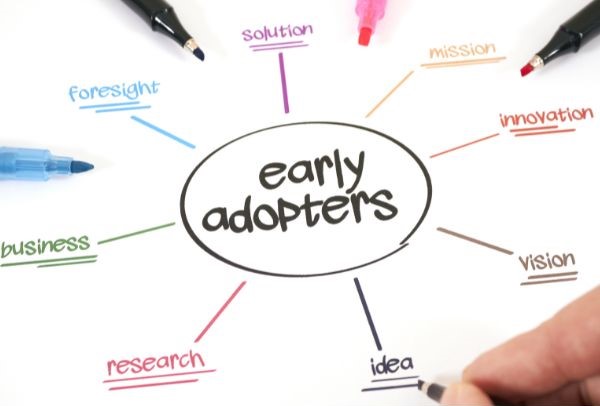Rapid prototyping is a valuable process used in various industries to quickly create physical models or prototypes of a product, part, or design. In this article, we will explain the different uses of rapid prototyping, and how entrepreneurs and startups can get a benefit from this.
Rapid prototypes offer a tangible representation of an idea, allowing designers, engineers, and stakeholders to visualize and evaluate concepts before investing in full-scale production. Do you have doubts on when you need a rapid prototype? It is crucial to know the common uses of rapid prototyping:
Concept validation:
Rapid prototyping helps validate the feasibility of an idea or technology. It demonstrates whether a concept can be turned into a tangible product that meets performance and functionality expectations (see PoC examples).
This is particularly important for groundbreaking ideas that require thorough testing and refinement.
Functional testing:
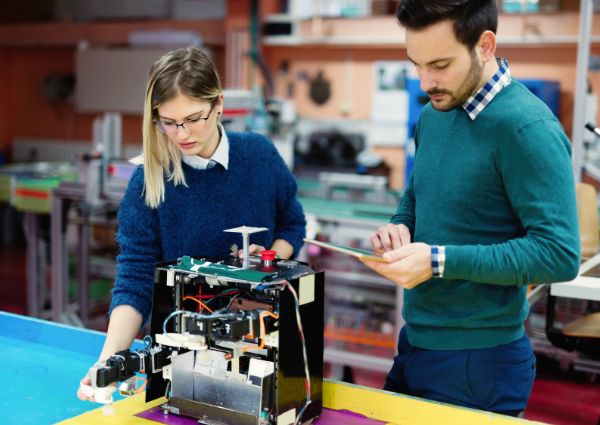
Among the uses of rapid prototyping, it can be used to assess the functionality and performance of a product or part. Functional prototypes allow engineers of a hardware development service provider to test how the different components of the device interact, identify potential flaws, and make improvements early in the development process.
Design visualization:
Many entrepreneurs want to avoid investing thousands of dollars in hardware design, or designing a product that may not be so attractive to the potential market, that’s why a good material used in rapid prototyping is plastic, or Polyurethane Resins.
Thanks to 3D printing or prototype tooling, the entrepreneur can get a three-dimensional, tangible representation of a design concept. This enables designers and stakeholders to visualize and assess the physical form, proportions, and aesthetics of a product before moving forward to another step of the development process.
Iterative design:
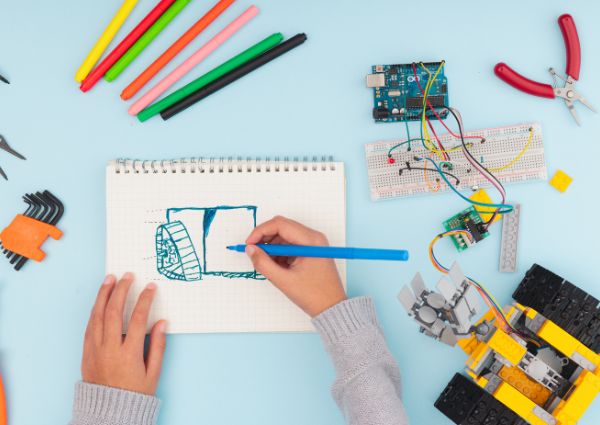
Rapid prototyping technology is used to get quick iterations and modifications on the original idea; which is pretty useful to create a new product.
A great benefit here is that designers can create multiple versions of a prototype to explore different ideas, test variations, and refine the design based on user feedback and requirements. This process saves time and thousands of dollars to the startup or entrepreneur.
Companies that use rapid prototyping get user feedback:
Rapid prototypes are excellent tools for gathering user feedback. Designers and developers can put physical models in the hands of potential users to gather insights, preferences, and suggestions for improvements.
This way, early changes can be made on the design and improve the final version of the product.
Communication with stakeholders:
Prototypes serve as effective communication tools when presenting ideas to stakeholders, investors, or clients.
Let’s be honest, a physical model can convey a vision more convincingly than a conceptual description or a two-dimensional drawing. So, rapid prototyping becomes a great element for boosting the project.
Customization:
Prototyping is particularly valuable for creating customized products. It allows manufacturers to produce unique items based on individual customer requirements (why is prototyping important).
This is crucial for differentiation in the market, and the consumers may be more attracted to your product because of its uniqueness.
Tooling and Manufacturing:
Prototypes can be used to create molds, patterns, and other tooling required for mass production (see how to get a prototype made).
When the company decides to launch the product, they need to guarantee that every copy of the device will maintain the intended design and functionality.
Reduced Time to Market:
Rapid prototyping accelerates the product development cycle (see Proof of Concept vs prototype). By identifying design flaws and making improvements early on, the risk of costly revisions during later stages is minimized, leading to quicker time-to-market. (see Marketing IoT article)
In essence, rapid prototyping serves as a versatile tool for idea exploration, design refinement, and informed decision-making across a wide range of industries. Its ability to bring concepts to life quickly and cost-effectively is instrumental in driving innovation and success in product development.
Whether you need to build an IoT product (see importance of IoT) or a piece of hardware, rapid prototyping comes in handy for ensuring a good development process.
At DeepSea Developments, we have developed several prototypes to help our customers refine their ideas. As you could see, there are many uses for rapid prototyping. If you need help with your project, click on the button below and book a free consultation with our team.

